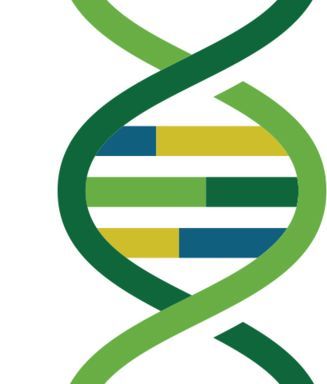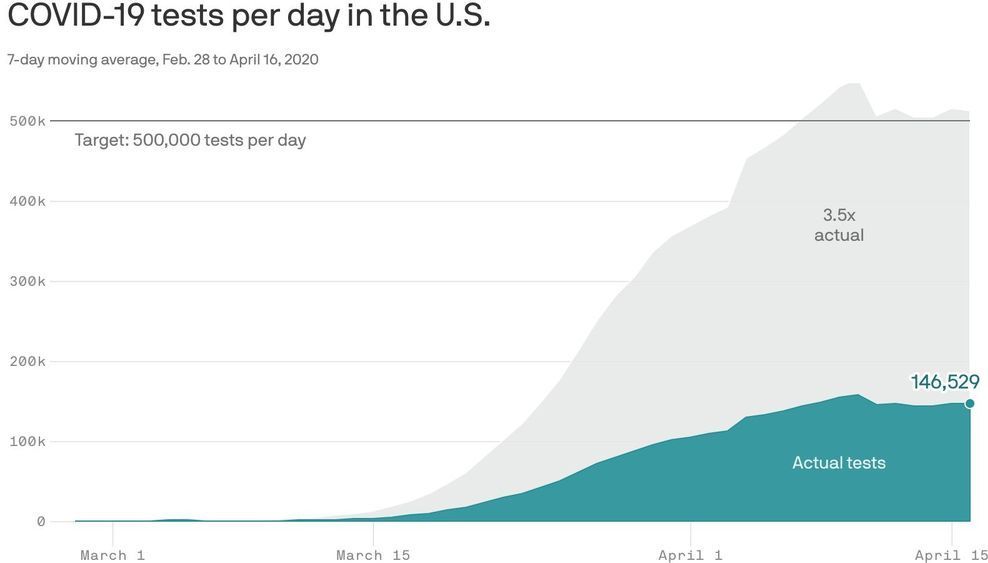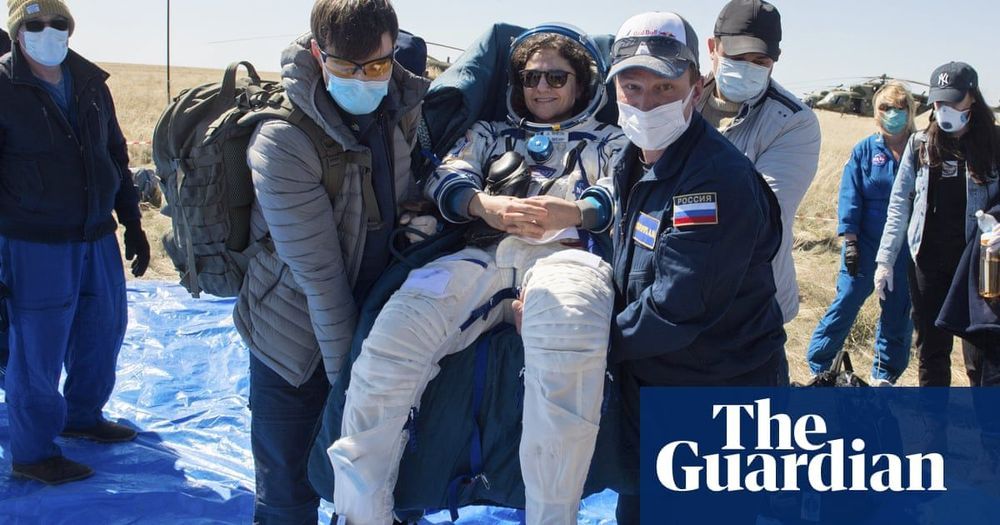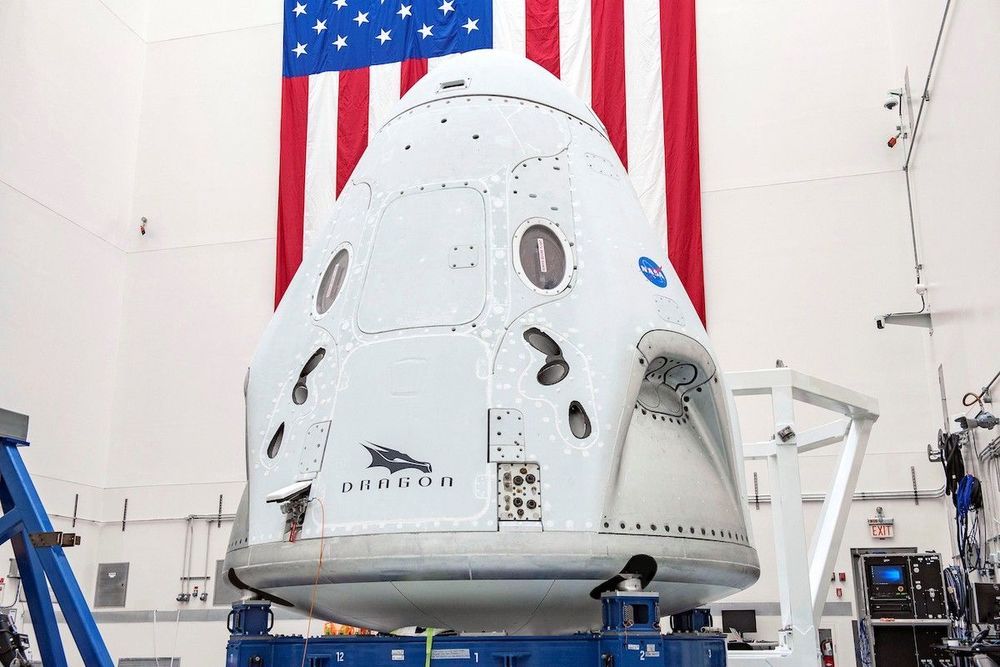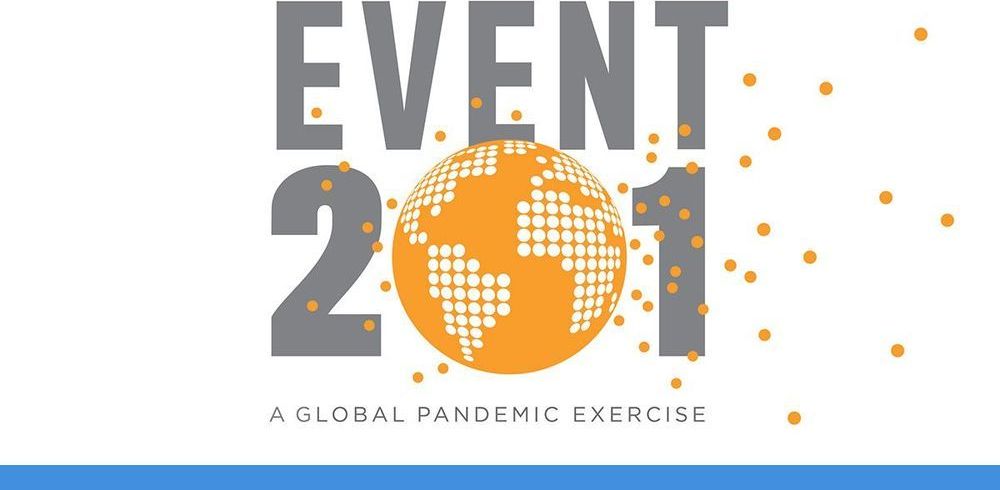Humans and all other living things have DNA, which contains hereditary information. The information in your DNA gives your cells instructions for producing proteins. Proteins drive important body functions, like digesting food, building cells, and moving your muscles.
Your DNA is the most unique and identifying factor about you—it helps determine what color your eyes are, how tall you are, and how likely you are to have certain health problems. Even so, over 99% of DNA sequences are the same among all people. It is the remaining 1% that explains much of what makes you, you!
DNA is arranged like two intertwined ropes, in a structure called a double helix (see figure 1). Each strand of DNA is made of four types of molecules, also called bases, attached to a sugar-phosphate backbone. The four bases are adenine (A), guanine (G), cytosine ©, and thymine (T). The bases pair in a specific way across the two strands of the helix: adenine pairs with thymine, and cytosine pairs with guanine.
